Through research, scholarly articles, and relationship building, Harvard School of Public Health professor Theresa Betancourt—profiled in our November-December issue—seeks to demonstrate models for governments, NGOs, funding organizations, and communities to work together in coordinated ways that ultimately improve children’s lives. Above, see images of the types of disadvantaged children she works with in India—from runaways or those in homeless families who spend their lives around the Jaipur train station to the sons and daughters of the migrant workers who build India’s high-rise offices and dwellings.
Theresa Betancourt: Images from India
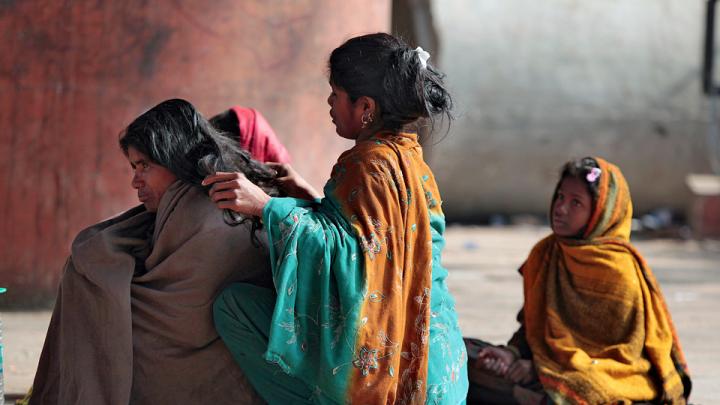
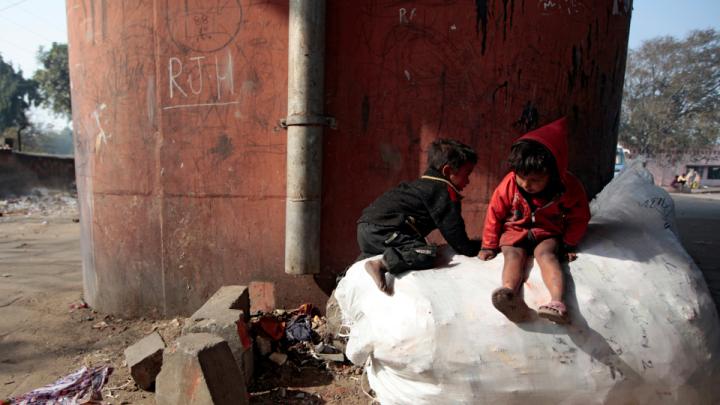

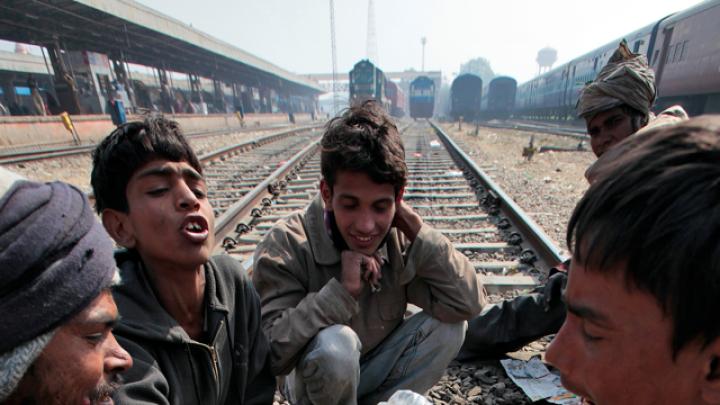
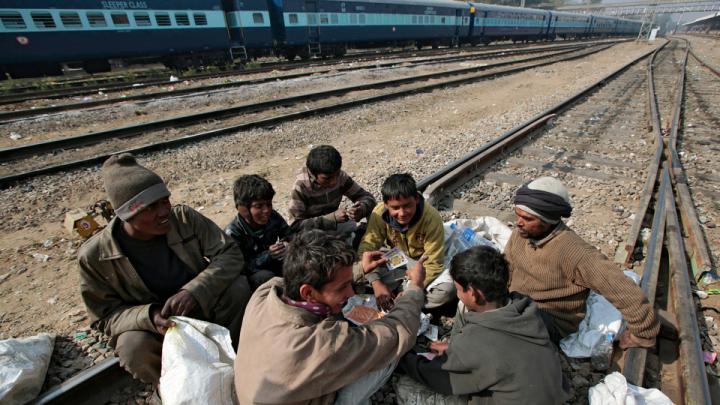
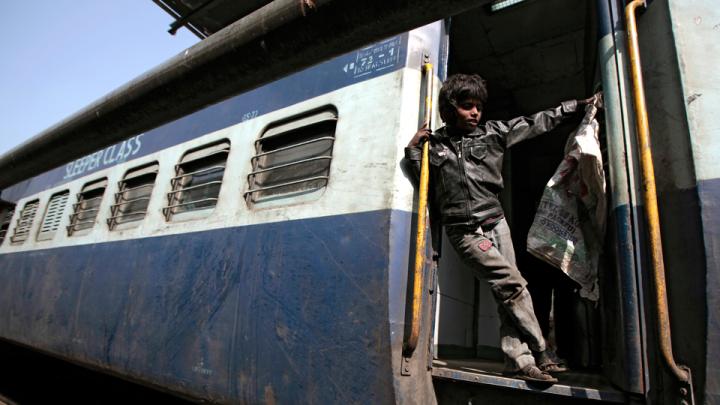

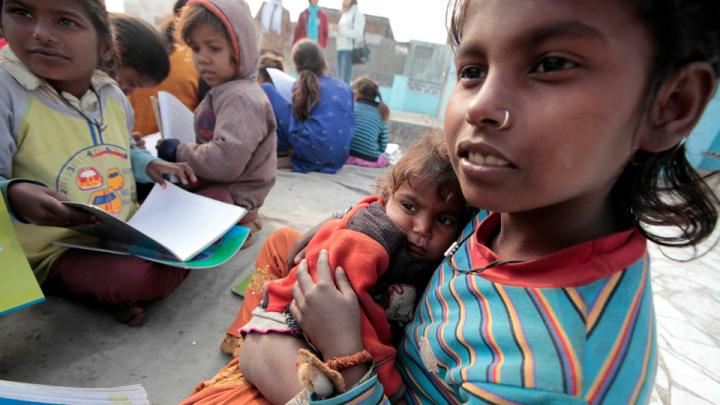
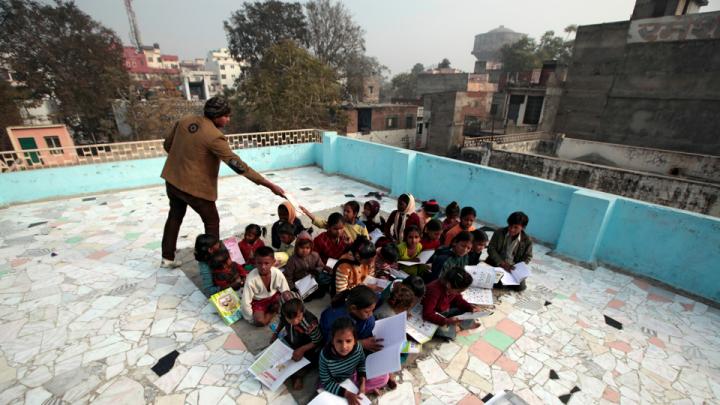
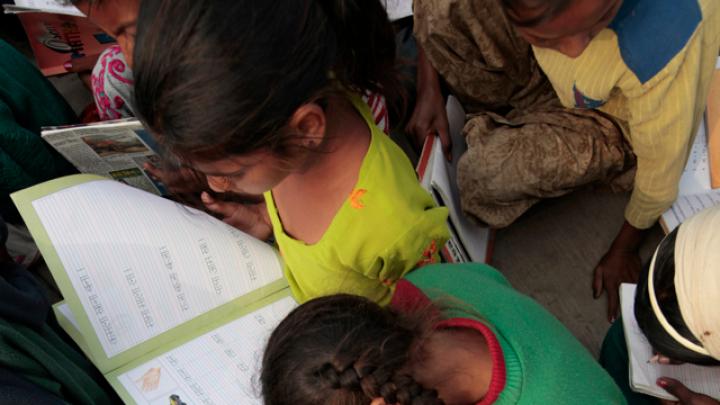
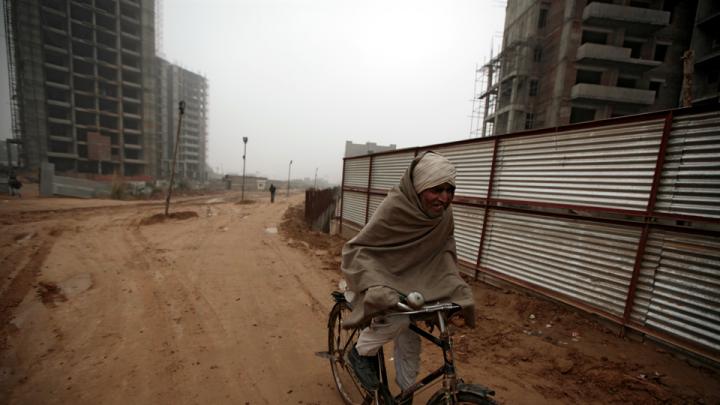
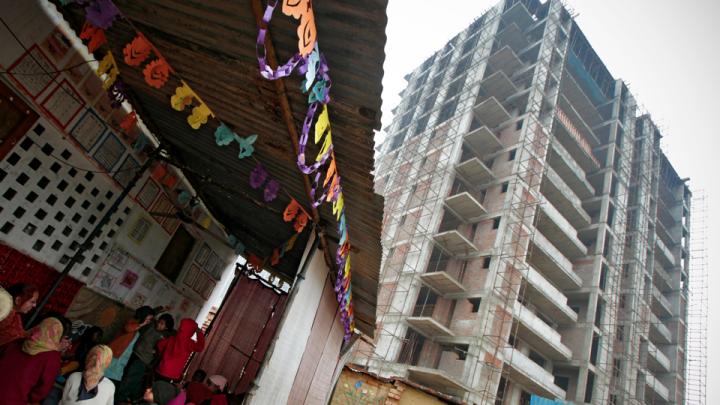
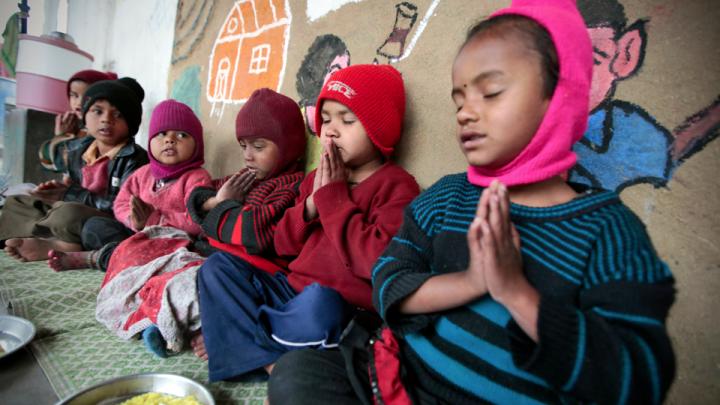
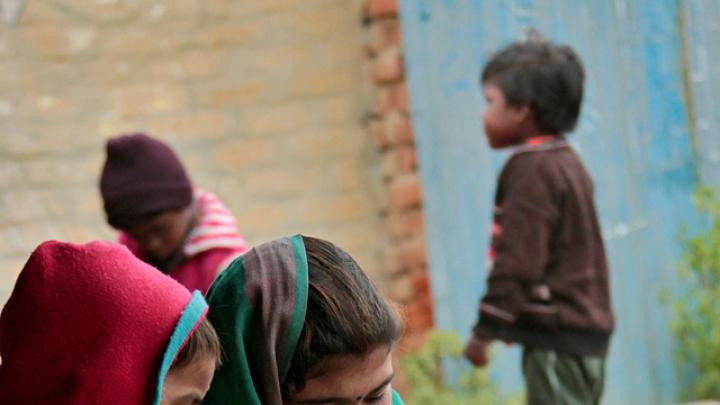
You might also like
Breaking Bread
Alexander Heffner ’12 plumbs the state of democracy.
Reading the Winds
Thai sailor Sophia Montgomery competes in the Olympics.
Chinese Trade Dragons
How Will China’s Rapid Growth in the Clean Technology Industry Reshape U.S.-China Policy?
Most popular
More to explore
Harvard Philosophy Professor Alison Simmons on "Being a Minded Thing"
A philosopher on perception, the canon, and being “a minded thing”







